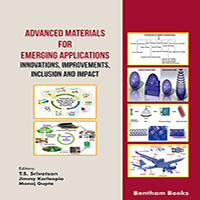Abstract
Strength and ductility of materials at high strain rate of deformation are
important for design engineers working in a wide range of industries, especially in gas
turbine engine blades. Split Hopkinson pressure bar (SHPB) apparatus is a popular
method of characterizing the high strain rate behaviour of materials. The results from
the split-Hokinson pressure bar tests are further used in mathematical models such as
Johnson-Cook model, Zerelli - Armstrong model and so on for correlation purposes.
Split-Hopkinson pressure bar tests take place in a very short duration of time (less than
a second) but require significant effort in arranging the apparatus (several hours to
days) and replications could be a daunting task. The present review work focuses on
some of the critical test parameters that influence the test results. Specimen
dimensions, its alignment in the split-Hopkinson pressure bar apparatus and location of
strain gauges are critical parameters to be checked before the test (pre-testing) while
selecting the accurate signal data processing technique (post-testing) to filter the noise
which is critical to get meaningful test results. This review work focuses on the effect
of three pre-testing parameters and signal data processing techniques on the high strain
rate test results and summarizes the salient findings.
Keywords: Filter analysis, High strain rate behaviour, Johnson-cook model, Pulse shaper, Split hopkinson pressure bar, Signal data processing.




















